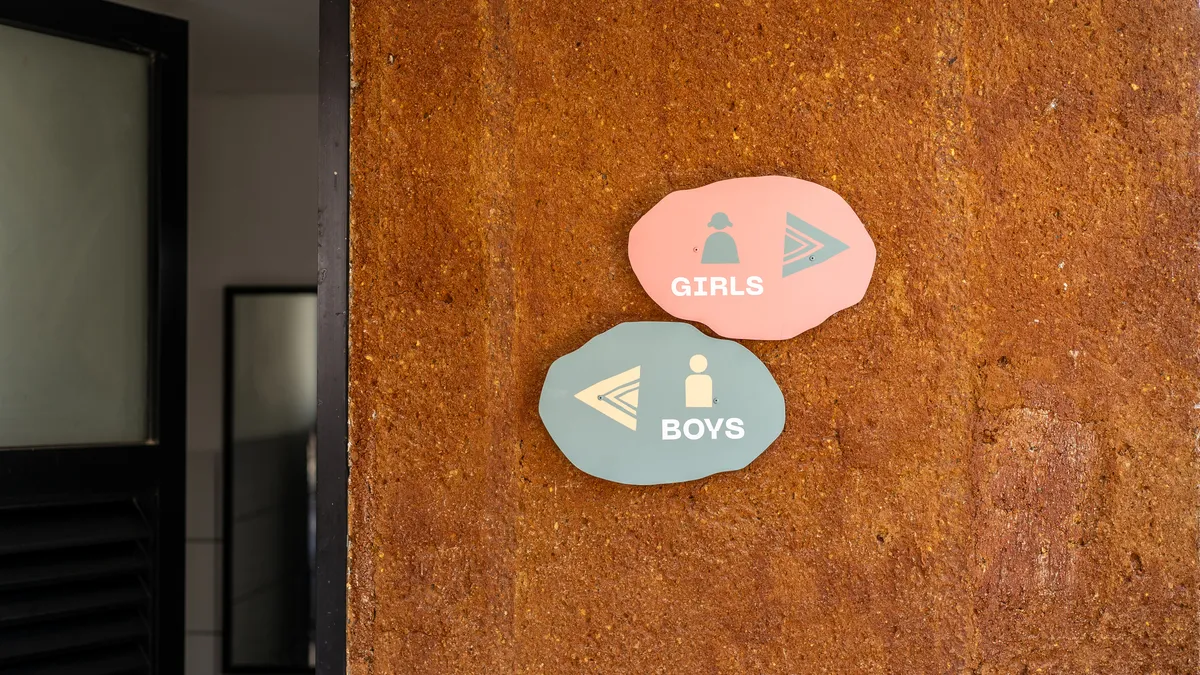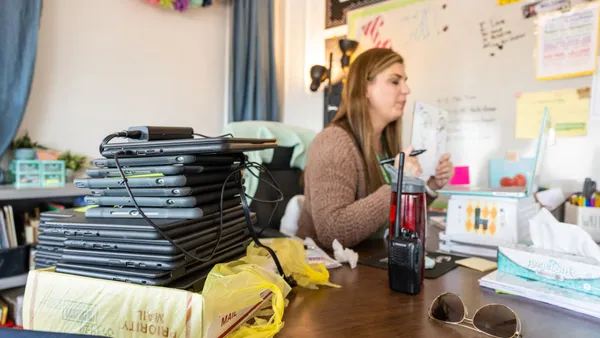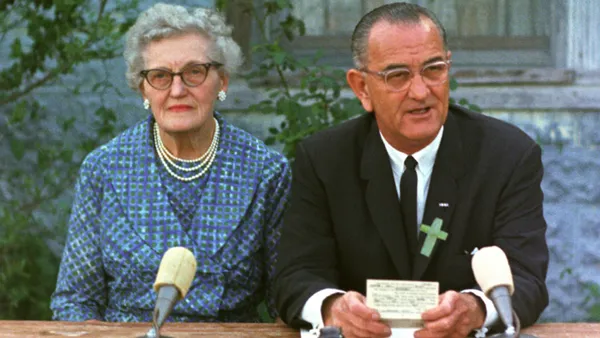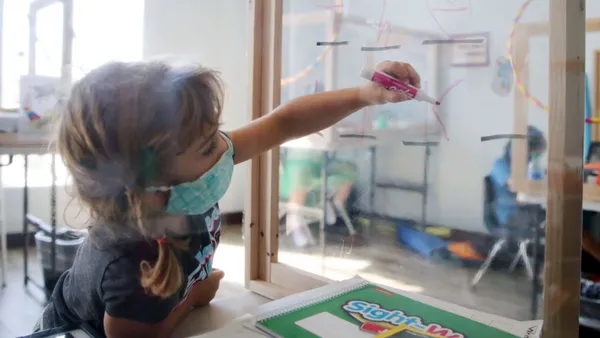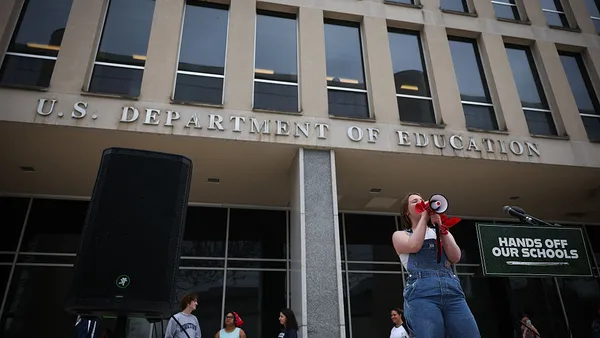For middle school students in Broken Arrow Public Schools (BAPS) in Oklahoma, career readiness has become more than an abstract idea. A district-wide effort to integrate career exploration into education has yielded promising results, as evidenced by student surveys conducted at the end of the 2022–23 school year. The findings highlight how structured career readiness programs can shape confidence, broaden horizons, and equip students with practical skills for the future.
Cultivating Career Curiosity and Decision-Making Confidence
A survey of 1,250 middle school students—spanning grades six through eight—revealed an inspiring trend: career exploration initiatives sparked curiosity about various professions and bolstered confidence in decision-making about future pathways. When asked if the programs inspired them to explore career paths, 73% of sixth graders and 69% of seventh and eighth graders responded affirmatively. This curiosity extended to understanding the skills and abilities needed for different careers, with 84% of sixth graders and over 70% of seventh and eighth students acknowledging a greater awareness.
Confidence-building was another hallmark of the program. More than two-thirds of sixth graders and over 60% of seventh and eighth graders reported feeling more assured about making career decisions. The data underscores that structured exposure to diverse career options fosters a stronger sense of direction and self-assurance among students navigating their aspirations.
A Journey of Self-Discovery and Skill Development
Beyond inspiring career exploration, the program helped students uncover their strengths and interests. Nearly three-quarters of students across all grades credited the initiative with enhancing their understanding of personal aptitudes and interests. This self-discovery process empowered students to align their career goals with their unique talents.
Students also highlighted the practical skills gained through the program, particularly in areas like financial management and productivity. Activities such as budgeting exercises not only provided hands-on learning but also reinforced essential life skills. For instance, students gained insights into financial planning, patience, and task management—competencies that extend far beyond academic settings.
Broadening Career Horizons
One of the program’s most significant impacts was increasing awareness of diverse career options. Approximately 80% of students across all grades reported learning about new professions, sparking interest in fields they had not previously considered. From nursing and coaching to creative industries and technical roles, students expressed excitement about the vast possibilities their futures could hold.
At Oliver Middle School, localized feedback from students offered further insights. Many praised the program for its user-friendly design and step-by-step guidance, which made career exploration accessible and engaging. Students also appreciated the real-world relevance of projects that connected classroom learning with professional scenarios.
Looking Ahead
These findings affirm the critical role of career readiness initiatives in middle school education. By fostering curiosity, confidence, and self-awareness, these programs lay the foundation for informed decision-making and lifelong learning. As the district continues to refine its approach, incorporating student feedback will be key to ensuring all learners feel represented, supported, and engaged.
For Broken Arrow Public Schools, the success of this initiative underscores the importance of proactive career exploration. Empowering students with the tools and knowledge to navigate their futures not only enriches their educational experience but also prepares them to contribute meaningfully to the world beyond the classroom. By continuing to invest in career readiness, BAPS is setting a standard for how schools can cultivate future-ready graduates.
This is a summary of a Case Study by Defined, “The Impact of Defined Careers on Engaging Middle School Students in Career Readiness”. To read the full Case Study, please click here.




